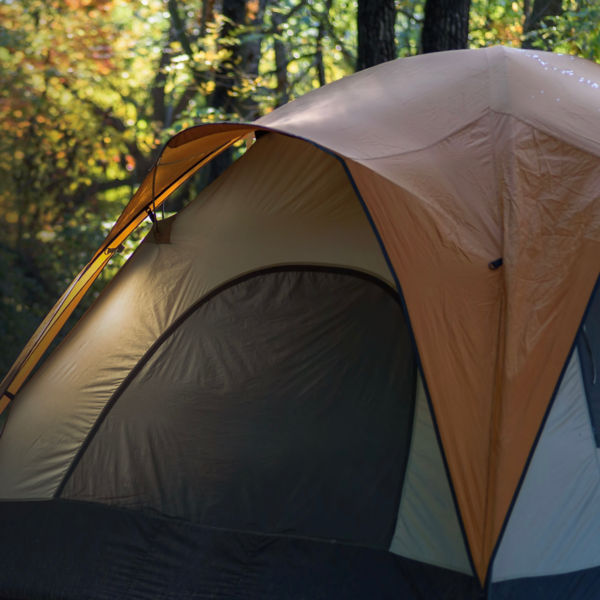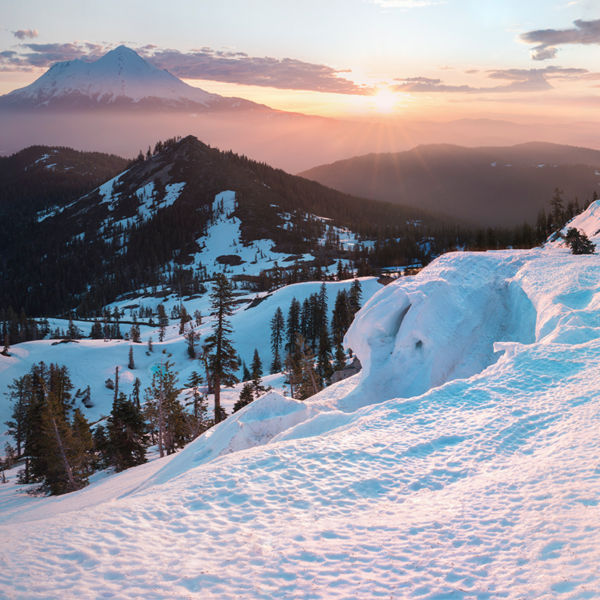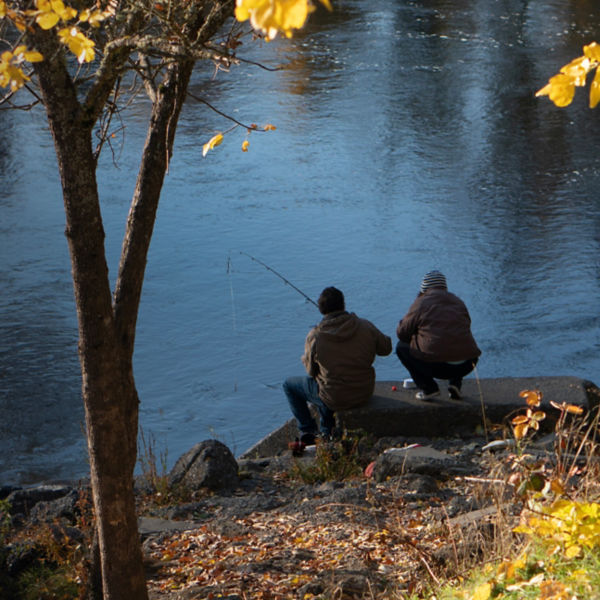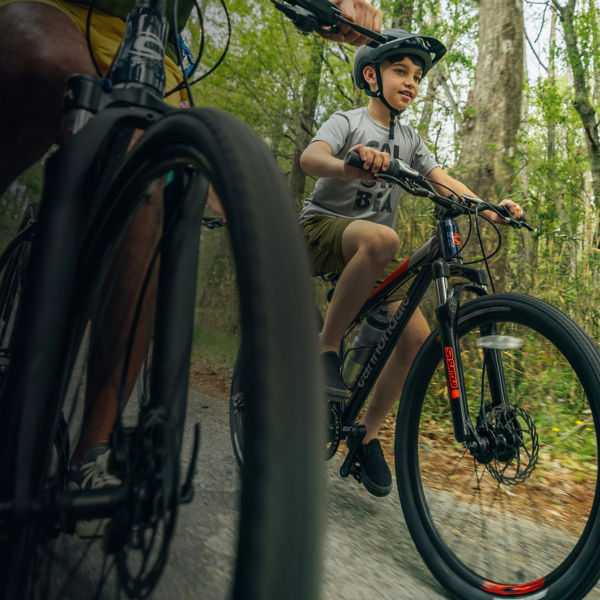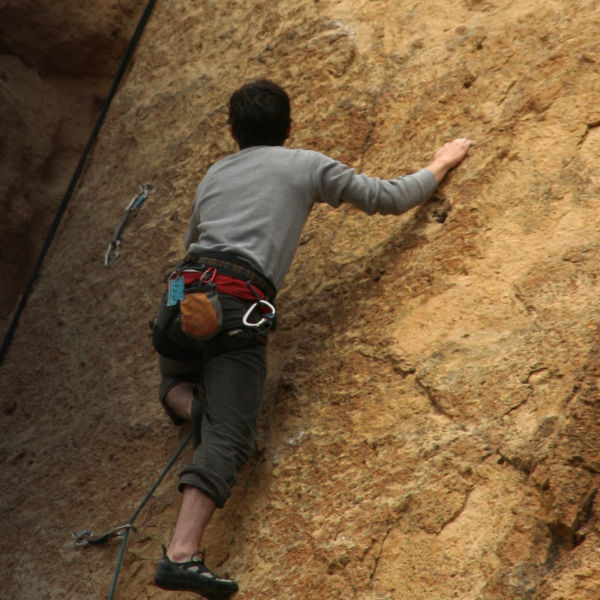
Forged by volcanoes and shaped by glaciers, southern Oregon’s Umpqua National Forest offers some of the most otherworldly landscapes in the Pacific Northwest. Taking advantage of that dynamic and varied terrain, mountain bikers and hikers will find hundreds of miles of shady singletrack, while rafters and anglers can spend long afternoons on the forest’s meandering rivers. And when the first snowfall starts in late fall, the forest transforms into a winter wonderland with skiing and snowshoeing galore.
Visiting the Forest
Umpqua National Forest comprises four ranger districts, all of which can be accessed within a two-hour drive north from Medford, Ore. At most trailheads, you’ll have to pay a day-use fee unless you have an annual Northwest Forest Pass or another valid recreation pass. Most campgrounds are reservation-only during the summer months, so plan your trip several weeks in advance if possible. (Reservations can be made at recreation.gov.)
Seasons
From fishing and rafting to snowshoeing and cross-country skiing, Umpqua National Forest is a perfect destination for year-round adventure.
Winter: Deep snow can render much of the forest accessible only to skiers, snowshoers, and snowmobilers. Translation: If you have the right equipment, you’ll have the trails all to yourself. Diamond Lake Ranger District on the east side of the forest is home to many of the best snowshoeing trails, as well as the Three Lakes Sno-Park, which offers downhill skiing and snowboarding.
Spring: Snow lingers through late spring, though temperatures begin to warm as the days lengthen. If you don’t have winter equipment, stick to the lowlands, where you’re more likely to find open campgrounds and easily accessible roads through May.
Summer: Warm weather, wildflowers, and snow-free trails make summers the most popular time to visit Umpqua National Forest. Fishing is plentiful on the many streams and rivers, rafting begins on the higher-volume rivers (notably on the North Umpqua), and camping returns—though the most favored sites around Diamond Lake tend to book up quickly. Ditch the crowds on busy weekends by opting for dispersed camping instead. (Call a ranger station for updated rules and regulations before you go.)
Fall: Autumn brings crisp afternoons and cold nights to Umpqua National Forest. Early fall hits a sweet spot—the crowds have begun to disperse, but snow hasn’t yet obscured the trails. While many of the trees here are evergreen, you’ll be able to glimpse bursts of orange and red here and there, especially along the riverbanks (color tends to peak mid-October.)



